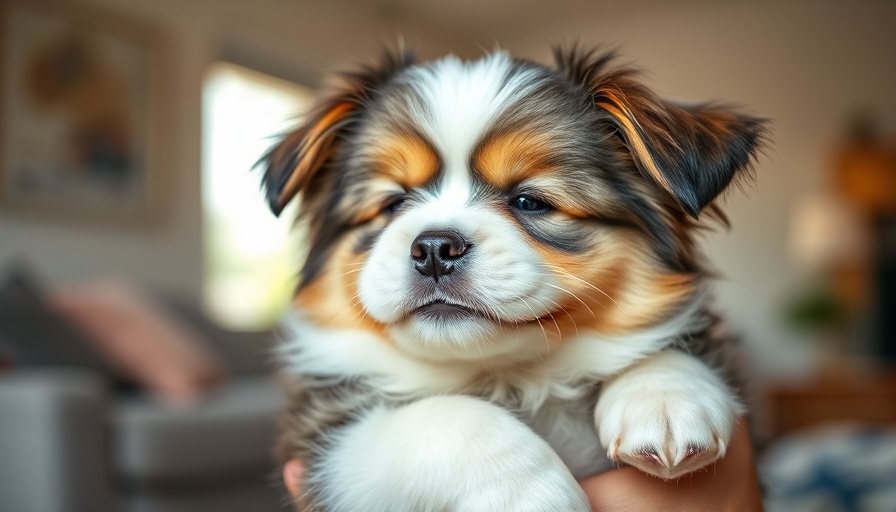
A Look at Dogs as Ancient Symbols of Luck
Long before we acquired superstitions surrounding rabbit feet and lucky pennies, our ancestors found their good fortune in the companionship of dogs. Throughout various ancient cultures, specific breeds transcended their roles as mere pets, embodying prosperity, protection, and divine favor.
Shih Tzu: The Lion Dog of Chinese Emperors
The Shih Tzu, affectionately dubbed the “Lion Dog,” was revered by Chinese emperors and Tibetan monks alike. This breed doesn't just possess regal fur; it symbolizes ancient guardianship, resembling the sacred lions of Buddhist lore. Owning a Shih Tzu meant more than cozy companionship—heavenly blessings were believed to accompany these charming pups wherever they roamed.
Lhasa Apso: Warriors of Tibetan Monasteries
In the sacred spaces of Tibetan monasteries, the Lhasa Apso served not only as a pet but as a sentinel against negative energy. Their luxurious coats and wise expressions were not mere aesthetics; they were highly regarded as spiritual protectors, embodying centuries of mysticism and reverence. To gift a Lhasa Apso was an honor akin to presenting a powerful talisman for safeguarding one's home and spirit.
Pekingese: The Royal Guardians of Ancient China
Assumed to have descended from a legendary lion, the Pekingese epitomized bravery and elegance, gracing the imperial courts of ancient China. These dogs were not only treasured companions but were often buried with emperors as spiritual guides for the afterlife. Their presence was seen as a shield of tranquility and high fortune, encapsulating the regal air they continue to exude today.
Symbolism of the Japanese Chin
With an aristocratic charm, the Japanese Chin was cherished by nobles across the ages. These dogs were prized not solely for their beauty but also for their reputation as lucky charms in households of high esteem. The dogs' playful antics and dainty manners were believed to ward off misfortune, offering a blend of entertainment and protection that was unmatched.
Tibetan Spaniel: The Prayer Dog
Overlooking the valleys from the heights of Tibetan monasteries, the Tibetan Spaniel was often regarded as a companion during meditation. Its intuitive ability to sense human energy and intent rendered it a beloved “prayer dog,” believed to harmonize the environment around it. A Tibetan Spaniel could turn your home into a cozy retreat imbued with spiritual vibrations.
The Art of Dog Parenting Based on Ancient Beliefs
Understanding these breeds opens up a realm of knowledge about how our furry companions have enriched human lives throughout history. While their roles may have morphed from sacred protectors to beloved house pets, the symbolic essence of each breed offers valuable insights for modern dog owners.
Adopting Luck: The Benefits of Having a Fortunate Breed
Fostering a connection with these historically esteemed breeds can elevate your relationship with your pet. Not only can they provide emotional support, but they can also embody the positive energy and protective spirit believed to be part of their legacy. Bringing a new member of the dog family into your life can spur both fortune and joy.
What Modern Dog Owners Can Learn from History
By reflecting on the roles these breeds played in ancient societies, we can better appreciate their presence today. As we care for our pets, nurturing them with love and respect creates a supportive bond that mirrors the values held sacred by our ancestors. From grooming practices to training techniques, every small step can enrich their lives, reinforcing the legacy of luck and prosperity.
Conclusion: Embrace the Legacy of Your Four-Legged Friend
Incorporating ancient beliefs into modern dog parenting not only honors the history of these canine companions but also enriches the lives we share. By nurturing your bond with your furry friend, you cultivate a spirit that embodies history—while forging your luck together in the present. Go ahead, and embrace the magical companionship of these historical breeds!
 Add Row
Add Row  Add
Add 




Write A Comment